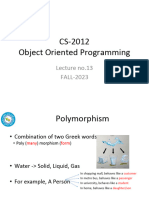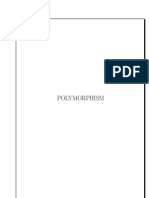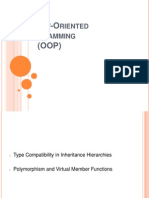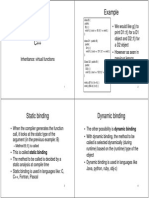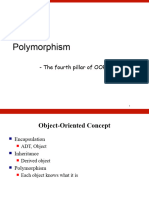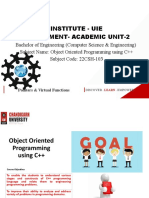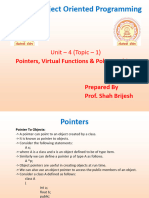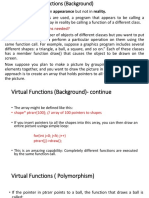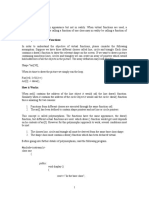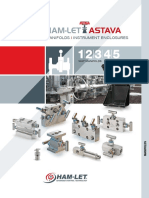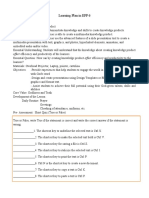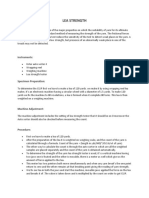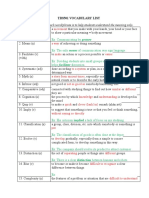0% found this document useful (0 votes)
10 views35 pages06 Polymorphism
Module 6 covers the concept of polymorphism in programming, focusing on the IS-A relationship, initialization of base class pointers, static binding, typecasting, and virtual functions. It explains the differences between static and dynamic binding, the use of pure virtual functions and abstract classes, and the importance of virtual destructors. The module emphasizes the role of abstract classes in supporting polymorphism and inheritance in object-oriented programming.
Uploaded by
minhvan9602Copyright
© © All Rights Reserved
We take content rights seriously. If you suspect this is your content, claim it here.
Available Formats
Download as PDF, TXT or read online on Scribd
0% found this document useful (0 votes)
10 views35 pages06 Polymorphism
Module 6 covers the concept of polymorphism in programming, focusing on the IS-A relationship, initialization of base class pointers, static binding, typecasting, and virtual functions. It explains the differences between static and dynamic binding, the use of pure virtual functions and abstract classes, and the importance of virtual destructors. The module emphasizes the role of abstract classes in supporting polymorphism and inheritance in object-oriented programming.
Uploaded by
minhvan9602Copyright
© © All Rights Reserved
We take content rights seriously. If you suspect this is your content, claim it here.
Available Formats
Download as PDF, TXT or read online on Scribd
/ 35








